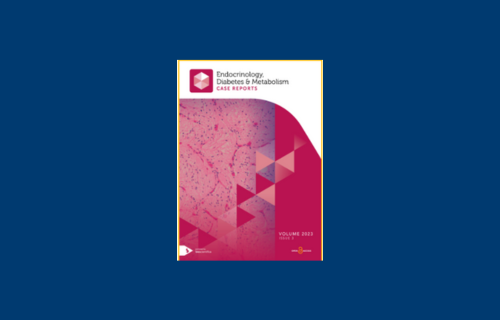Co-existing phaeochromocytoma and anti-HMG-CoA reductase immune-mediated necrotising myositis: a diagnostic challenge
Wednesday, 29 October, 2025
Share

Congratulations to UCD School of Medicine’s Assistant Professor Ruth Prichard, Professor
Eric Heffernan (Adjunct Clinical Professor), Associate Professor Sean Connolly, Assistant
Professor Carl Orr, Professor Rachel Crowley and all those involved, in this recently
published report.
The new case report describes a statinexposed patient with IMNM, confirmed by
antiHMGCR antibodies and muscle biopsy. Despite statin withdrawal, progressive proximal
and bulbar weakness necessitated immunosuppressive therapy. Concurrent imaging
revealed a phaeochromocytoma, confirmed by functional hormonal testing and successfully
resected following alphablockade.
Key clinical considerations:
- Suspect antiHMGCR IMNM in statinassociated myopathy unresponsive to cessation
- Early antibody testing and immunosuppression are critical to prevent irreversible
damage - Rare conditions may cooccur, requiring coordinated multidisciplinary management
Abstract
Summary:
We report the case of a 62-year-old male who developed progressive lower limb and bulbar
muscle weakness associated with elevated creatine kinase (CK) levels on a background of
statin use following myocardial infarction. Electromyography, magnetic resonance imaging of
thigh musculature, and muscle biopsy supported a diagnosis of necrotising myositis.
Subsequently, antibodies to 3-hydroxy-3-methylglutaryl-CoA reductase were positive,
confirming immune-mediated necrotising myositis (anti-HMGCR IMNM). An adrenal nodule
detected on computed tomography of the thorax–abdomen and pelvis was confirmed to be a
phaeochromocytoma following dedicated adrenal imaging and functional hormonal work-up,
resulting in the second diagnosis. In-hospital treatment of the myositis consisted of
intravenous immunoglobulin and methylprednisolone pulse therapy followed by high-dose
oral steroids and mycophenolate therapy. He developed steroid-induced diabetes requiring
insulin. After intensive rehabilitation and optimisation of blood pressure with alpha-blockade,
he underwent a successful adrenalectomy for the phaeochromocytoma. Subsequently,
immunosuppression was weaned, and the patient regained full muscle strength.